Marshall Islands: a Dangerous Slice of Paradise
The archipelago rests in the Pacific Ocean, halfway between Hawaii and Australia. It consists of 29 atolls and five islands; 24 of them are populated. There are two island chains named Ratak (Sunrise) and Ralik (Sunset). The entire land area is about 181.43 km2 (or 70 mi2), and 97,87% of the country's territory is occupied with water. Marshallese population comprises 42,4 thousand people (as of 2021). The capital and largest city is Majuro, which represents a coral atoll of 64 islands (Majuro Atoll). 23,2 people live there, more than half the Marshall Islands' population.
History Curiosities
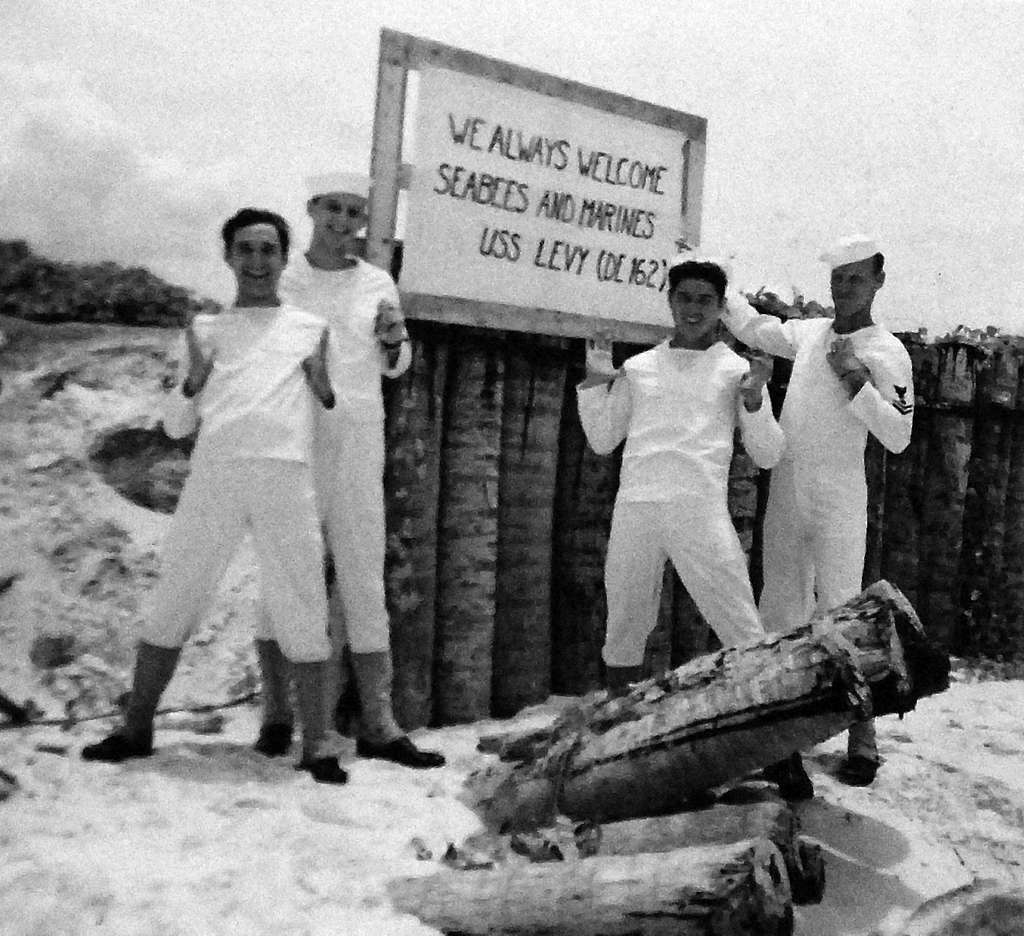
The Marshall Islands are said to have been populated with Austronesian settlers since 2,000 BC. Europeans rarely passed the islands, taking a route farther north, though several Spanish expeditions visited them during the 16th century. The region was explored by British captains John Marshall and Thomas Gilbert in 1788, who gave the islands their current name. That year, the first interaction and trade of islanders with Europeans occurred.
In the 1850s, American missionaries began arriving at the Marshall Islands to baptise its native people. However, slave merchants sailed along to abduct Marshallese people, and this worsened the islanders' relationship with foreigners. 20 years later, Germany and other countries invested their interests into copra trading. This led to the annexation of the Marshall Islands as the German Empire's protectorate in 1885.
The Marshall Islands were occupied by the Japanese Empire at the beginning of WWI in 1914. After the war, they passed into Japanese possession as the South Seas Mandate. During WWII, the United States occupied the islands and later administered them as the Trust Territory of the Pacific Islands.
However, the years between 1946 and 1958 proved to be the most tragic chapter of the islands' history. Its Bikini and Enewetak Atolls became sites for 67 American nuclear tests. Bikini -in 1946 for testing of Operation Crossroads atomic bomb, and Enewetak — in 1952 for testing of the first hydrogen bomb Mike. At that time, many islanders were forcibly evacuated to the United States. Unfortunately, only one of 60 islands was cleaned by the U.S., so radiation levels are still high everywhere across the Marshall Islands.
In 1979, the Marshall Islands gained independence and have been a parliamentary republic with an executive presidency since. The U.S. still maintains a military base on the Kwajalein Atoll, paying the rent to Marshallese landowners. The Missile Range also incorporates Roi-Namur Island and several smaller islands.
Interesting Fact: Shark Sanctuary
In 2011, the government of the Marshall Islands established the world's largest shark sanctuary, expanding over 2,000,000 km2 (772,000 mi2) of ocean. Shark fishing is banned in the protected waters; if some sharks are caught, they must be released.
Climate
The climate of the Marshall Islands has two seasons: a dry one, from December to April, and a wet one, from May to November. Southern atolls receive almost twice as much rainfall as northern ones. The islands are seriously concerned about permanent flooding due to climate change and subsequent sea level rise. It was estimated that a 1-metre rise in sea level would cause flooding of 37% of buildings in Kwajalein and 50% in Ebeye. A 2-metre sea level rise will cause flooding of all the buildings in Majuro, the most populous atoll in the Marshall Islands.
How to Get There
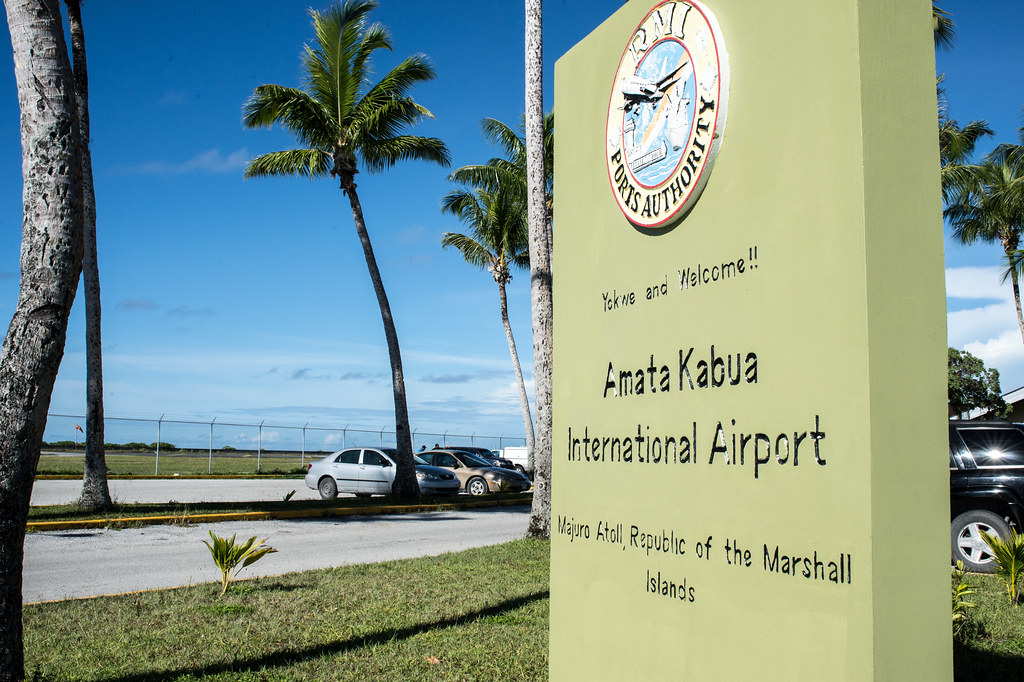
The Marshall Islands are served by two major airports — Marshall Islands International Airport in Majuro and the Bucholz Army Airfield in Kwajalein. Flights are available from Honolulu, Hawaii (5 hours), Guam (8 hours), Tokyo (11 hours), and New York (14 hours).
What Do You Need to Enter the Country
Visas are required from citizens of all states except citizens of the United States (and all its territories), Federated States of Micronesia, the Republic of Palau, the Schengen areas, and Pacific Islands Forum Countries, which include Australia and New Zealand.
Visas are issued upon arrival to citizens of Korea, Japan, the Republic of China, the Philippines and some others. The duration of stay have to be no longer than 30 days.
Citizens of other countries must present a visa and a round-trip or transit ticket. The tourist visa for three months costs $25, while the business visa costs $50. The entry visa should be ordered beforehand by contacting the Immigration Director via email at agoffice@ntamar.net or agoffice@ntamar.net. Attach to the letter a copy of your passport, visa application, itinerary, and entry visa to the following country stop, and wait for confirmation.
The passport must be valid for at least six months after arrival in the Marshall Islands; this requirement concerns citizens of any country. The departure tax is $20; people over 60 are exempt from the tax.
How to Get Around the Islands
Travel between the Marshall Islands is possible by boat and plane, though the latter may sometimes be unavailable.
Water transportation is maintained by field trip ships, which provide passenger service and deliver supplies. The journey from Majuro to Jaluit, the two closest atolls, takes 40 minutes by plane and a day by boat.
On Majuro, there are in-land transportation options, such as taxis and an hourly bus on the main road.
What to See and What to Do
Bikini Atoll

A must-see for all history buffs, this UNESCO World Heritage Site fascinates and terrifies equally. The United States used the atoll as a nuclear testing site in the 40s and 50s. The place's landmarks are sunken ships (nearly a dozen), as well as an aircraft carrier and a battleship, created a one-of-a-kind artificial reef ecosystem. Bikini Atoll is not just a historical site but also a fantastic vacation destination due to its serene beaches and untouched nature. However, note that though the atoll's nature restored and in 1968 was deemed safe, nuclear contamination levels are still rather high — therefore, you mustn't eat anything growing on Bikini.
Cactus Dome
Another object for those interested in nuclear power, this gigantic dome was built in the late 1970s to deposit nuclear wastes that remained from 105 atmospheric nuclear tests conducted by the U.S. military between 1946 and 1962. A 350-foot wide crater created by a nuclear test under a code-name Cactus became the resting place for the radioactive soil removed from the Bikini and Rongelap atolls. The dome's erection took three years and cost approx. 250 mln dollars. The size of the construction is enormous: 100,000 ft2 square, 358 concrete panels as thick as 1,5 feet. Come and see this overwhelming structure with your own eyes but at your own risk.
Arno Atoll

This off-the-beaten-path destination is great for getting acquainted with the life of the Marshallese in their villages. Engage in traditional activities like weaving or fishing, buy some handmade souvenirs, and enjoy the remote island's ambience. Next to Japo Village, there is a site of WWII plane wreckage that can be observed by snorkelling, diving, or sailing around.
Kwajalein Atoll
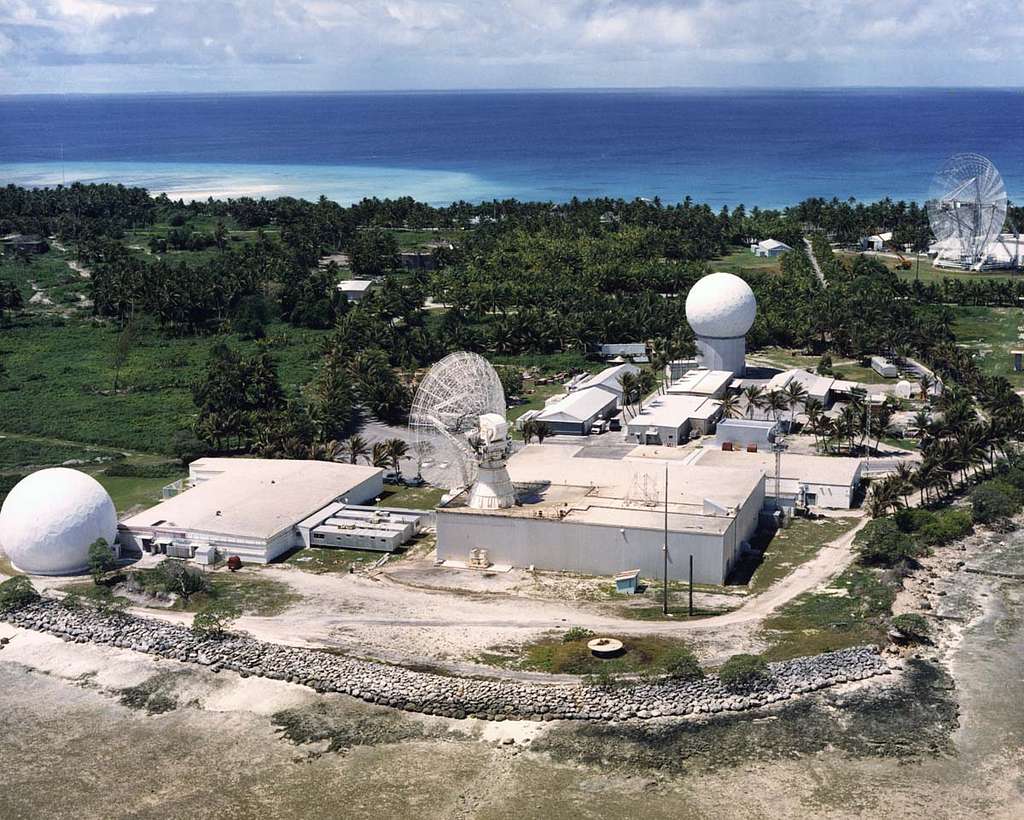
Before the Pacific War, from 1875 to 1945, Kwajalein was occupied by the Japanese, who had built a settlement and held training missions there. However, this atoll is mainly known for the Battle of Kwajalein, which took place on January 31, 1944. What used to be a strategic point in WWII is now a U.S. military base, Ronald Reagan Ballistic Missile Defense Test Site, and a historical site. Old bunkers, gun emplacements and a significant number of sunken ships are some objects that can be observed, provided that you receive permission from the U.S. Army. It is currently populated by about 1,000 civilian personnel; many Marshallese also work at the military bases.
Alele Museum
The small museum in the heart of Majuro, the Marshall Islands' capital, presents the history of the Marshallese people and their traditions. Here, you can not only look at traditional tools and handicrafts but also understand the islands' part in World War II and its impact on life here. Get acquainted with Marshallese heritage!
Eneko Island
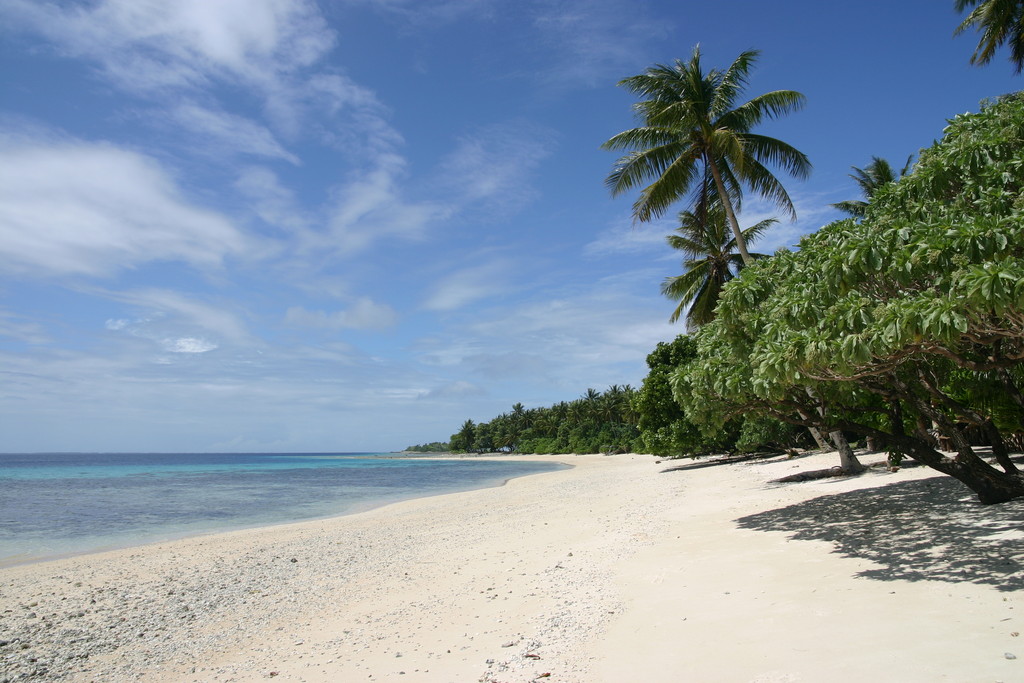
Situated in a 40-minute boat ride from Majuro, this island is a popular day trip destination both for locals and tourists, with its nice bungalows and pristine beaches. It is also possible to stay here overnight: choose one of the charming rustic accommodations, where you can experience island life to the fullest.
Laura Beach
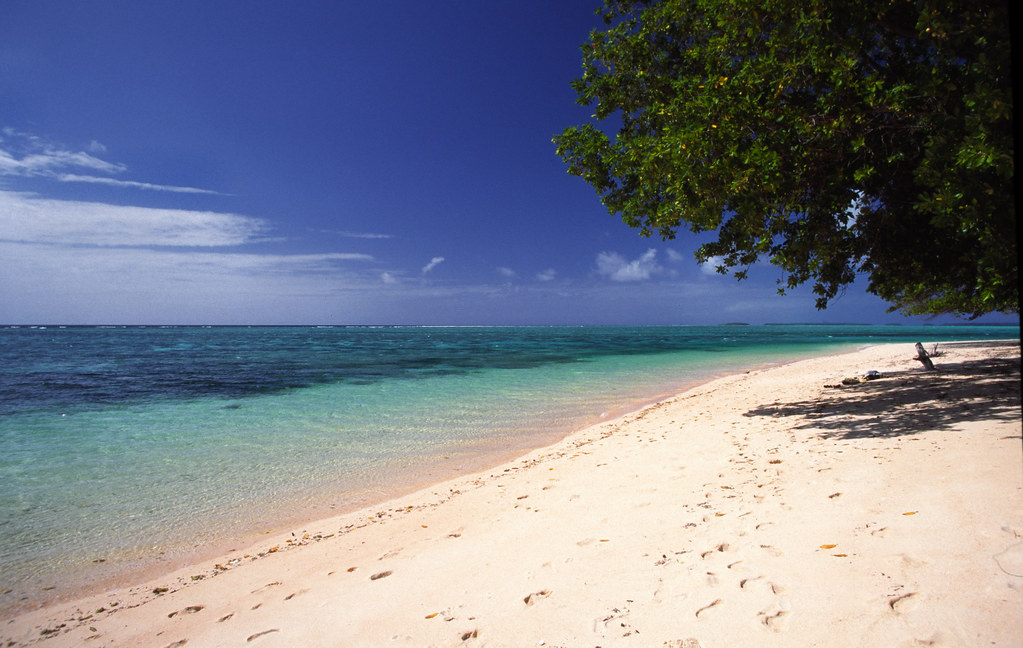
The island community of Laura (Laura Village) on the far end of Majuro Atoll is a perfect place for relaxation, with white-sand beaches, azure ocean and reefs that invite you to practice some snorkelling. In the village, you can participate in some daily activities that locals do — fishing, cooking, weaving, etc. This way, you will better understand simple yet beautiful Marshallese culture.
Canoe Tours and Canoe Racing
The islands' clear waters may be explored on traditional outrigger canoes. Take a guided tour on a handmade canoe and immerse in the country's history and culture.
Canoe racing is a traditional Marshallese sport and an expression of the islands' maritime heritage. The races held in the Majuro lagoon feature handcrafted canoes and celebrate the skills of local craftsmen and sportsmen alike. Take part in this colourful event and soak up Marshallese seafaring traditions.
Fishing
This is one of the most popular activities in the Marshall Islands, for the surrounding waters are rich in marine wildlife. The variety of fish species includes marlin, tuna, swordfish, and many others. Join a fishing tour with experienced locals and catch your amazing dinner.
Wreck Diving
Explore the remnants of sunken ships and airplanes lying on the sea bottom since WWII, learn their thrilling histories, and enjoy fantastic underwater ecosystems.
For traditional diving, try, for example, Kalalin Pass (locally called «The Aquarium»).
Island Hopping
Regular day trips depart for Maloelap and Mill atolls. Upon arrival you can dive, eat local cuisine, watch traditional dances, and explore historical sites and buildings.
Snorkelling
Jaluit, a 91-island atoll, contains the best scuba diving sites in the Marshall Islands. Look at the magnificent marine life in one of the most remote places in the world.
Shop Local Handicrafts
Various artistic handicrafts include mats and baskets woven from coconut fibres and pandanus leaves, shell jewellery, wood carvings, and traditional clothing. Support local artisans and bring a piece of the Marshall Islands home.
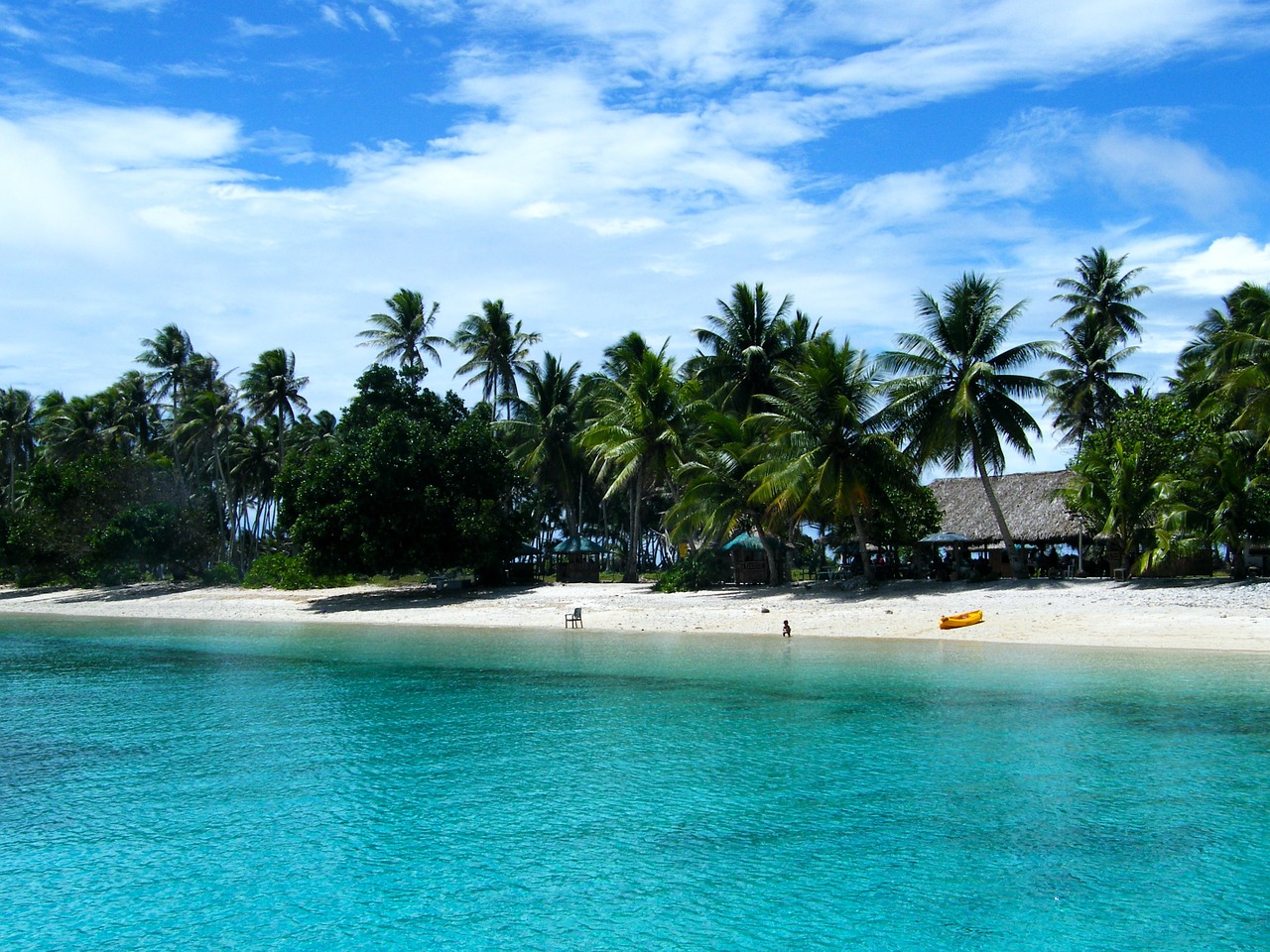
The Marshall Islands combine pleasures for history lovers, culture enthusiasts, avid divers, and nature admirers. One of the most peaceful, diversified, and cheapest Pacific islands awaits!